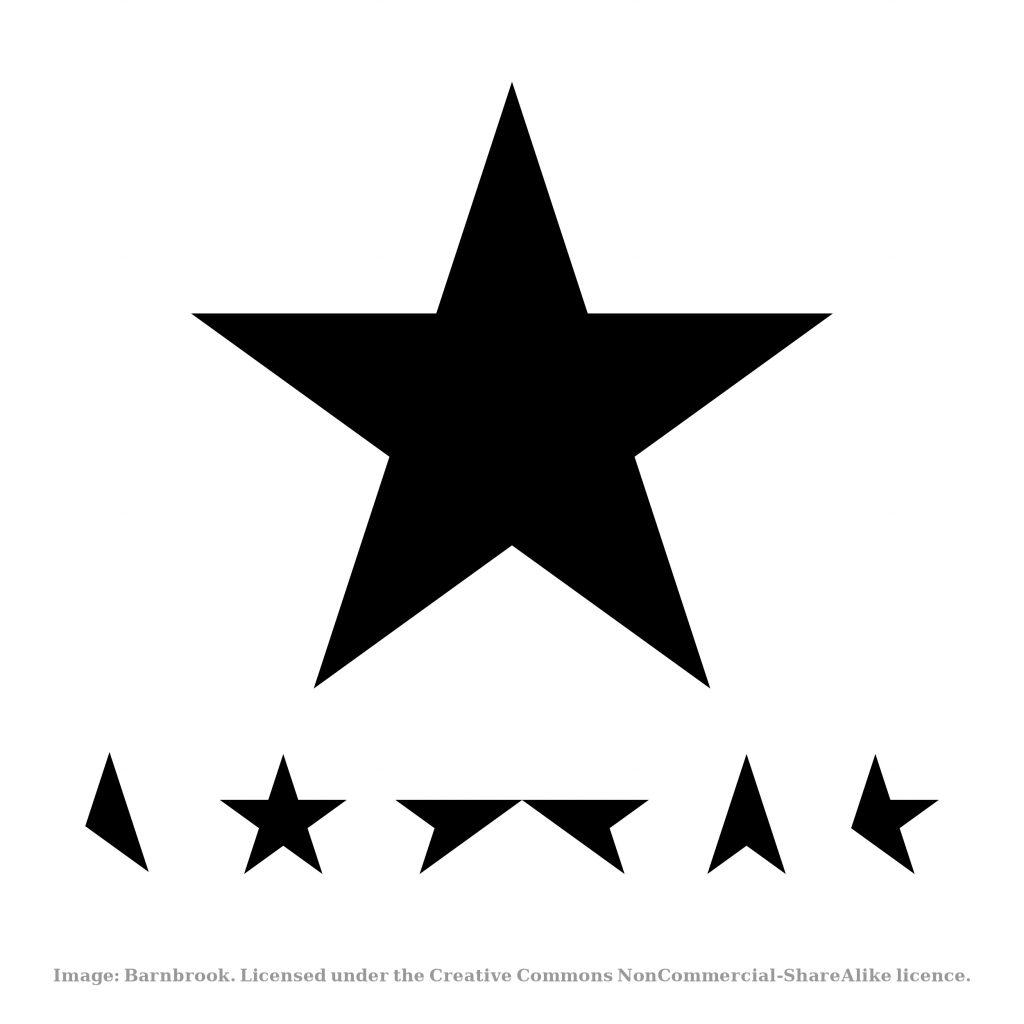Oddball singer-songwriter Robyn Hitchcock is a man who knows how to mark milestones. Back in 2003, he staged a concert at London’s Queen Elizabeth Hall in honor of his own 50th birthday, and in so doing, created a time release milestone of sorts for his friend, actor Alan Rickman.
Marking a half-century with passive aggressive-gag gifts and cards may suffice for the rabble, but a lyricist as gifted as Hitchcock deserves better. No one can deny Rickman of failing to deliver, when he regaled the crowd in Queen Elizabeth Hall with a recitation of Hitchcock’s own poem, “If Death Is Not the End,” above.
It’s an inimitable performance that becomes all the more poignant when one listens to it again, following Rickman’s recent death at the age of 69:
Life is what happened to the dead.
Forever we do not exist
Except for now.
Birthday Boy Hitchcock captured Rickman’s appeal in a tribute posted to his Facebook page:
His morose erotic drawl and gloriously disdainful demeanor sheltered a passionate artist and made for a charismatic performer whom I was proud to have as a friend. I just can’t believe I’ll never see him again.
As the poem says, he was made of life.
If Death Is Not the End
If death is not the end, I’d like to know what is.
For all eternity we don’t exist,
except for now.
In my gumshoe mac, I shuffled to the clifftop,
Stood well back,
and struck a match to light my life;
And as it flared it fell in darkness
Lighting nothing but itself.
I saw my life fall and thought:
Well, kiss my physics!
Time is over, or it’s not,
But this I know:
Life passes through us like the blade
Of bamboo growing through the prisoner pegged down in the glade
It pierces your blood, your screaming head -
Life is what happened to the dead.
Forever we do not exist
Except for now.
Life passes through us like a beam
Of charcoal green — a golden gleam,
The opposite of how it seems:
It’s not you that goes through life
- life is the knife that cuts your dream
Around the seam
And leaves you turned on in the stream, laughing with your mouth
open,
Until the stream is gone,
Leaving you cracked mud,
Not even there to be absent,
From the heartbeat of a dying fish.
In bed, upstairs, I feel your pulse run with the clock
And reach your hand
And lock us with our fingers
As if we were bumping above the Pole.
Yet I know by dawn
Your hand will be dry bone
I’ll have slept through your goodbye, no matter how long I wake.
Life winds on,
Through Cheri and Karl who can no longer smell chocolate,
Or see with wonder wind inflate the sail,
Or answer mail
Life flies on
Through Katy who was Catherine but is bound for Kate
Who looks over her shoulder at the demon Azmodeus,
And sees the Daily Mail
(I clutch my purse. I had it just now.)
Life slices through
The frozen butter in the Alpine wreck.
(I found your photo upside down
I never kissed a girl so long,
So long, so lovely or so wrong)
Life is what kills you in the end
And I can cry
But you won’t be there to be sorry
You were made of life
For ever we did not exist
We woke and for a second kissed.
Related Content:
The Late, Great Alan Rickman Reads Shakespeare, Proust & Thomas Hardy
Ayun Halliday is an author, illustrator, and Chief Primatologist of the East Village Inky zine. Her play, Fawnbook, opens in New York City later this fall. Follow her @AyunHalliday





